My student teaching experience was smooth, charming, and completed in the classroom of an expert teacher. When I entered this amazing classroom for my practice semester, procedures were well-established and student behavior was excellent.
Fast forward to the following fall when I had my own classroom, across town. Things were not so easy. I knew that my students needed procedures but I honestly had no idea how to establish procedures and keep them going throughout the school year.
One Saturday, after having a terrible week with my students, I performed a yahoo search on several topics, like “How to get students to stop talking during lessons” and “How to get students to stay in their seats.” I will never forget the results I received…
I clicked on the only page that looked even remotely helpful. The page had a large number of links, like “How to get students to turn in work on time,” etc. I thought I had struck gold! However, when I clicked on each link, the answers all said, “Establish a procedure of __.”
WHAT??? Could the author of this page have been any more unhelpful? Why expend the effort of putting this page together when you are just going to tell me to establish procedures? Sadly, at that point, I had no idea HOW to establish procedures.
With lots of work, help, trial, and error, I’ve come a very long way since then! So, my hope is that after reading this post, you will have an understanding of how to successfully establish procedures in your classroom.

Step 1: Decide how you want your classroom to run.
You must decide how your classroom is going to flow before you set your procedures. Different situations require different procedures. Self-contained classrooms operate differently than departmentalized classrooms. Sit down with a notebook and think about the basic procedures that will create the classroom you want.
These are the procedures that I used in my classroom last year. You will need to decide how to customize these procedures to fit your classroom and personality.
Morning procedure – How students enter the classroom, put belongings away, and start the day
Turning in work – There were times when I collected work and times when I asked for work to be filed.
Audience procedure – I was very clear about how students were to engage during lessons.
Transition procedure – We were departmentalized, so I had a particular way that I wanted students to line up, leave for their next class, and enter my room upon returning.
Line procedure – How do you want students to look and behave in the hallway?
Housekeeping – There were a bunch of little procedures that I taught along the way, like what to do if you need to sharpen your pencil, how to ask to use the restroom, etc.
End of the Day procedure – How students packed for the day and left the classroom
Don’t let this list overwhelm you! You may be able to remove some of these procedures, depending on your classroom situation. Deciding the procedures you will implement in your classroom will enable you to teach the procedures with confidence.
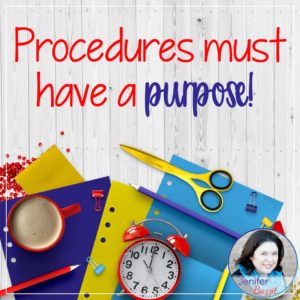
Step 2: Explain the purpose of procedures in your classroom.
Have you heard of the “Honeymoon Period” at the beginning of the school year? This is a time when students are (usually) on their best behavior and are most receptive to learning procedures. Take advantage of the first two weeks of school to drill in your procedures and create a smooth-running classroom.
My go-to phrase that I teach students is this: “Procedures prevent chaos.” Do students learn well in chaotic situations? Or do students learn best in orderly, calm environments?
Teaching, practicing, and enforcing procedures allows students to feel secure, safe, and confident in your classroom.
Take a little time to reinforce the purpose of procedures and revisit the conversation periodically throughout the school year.
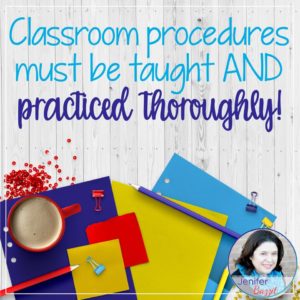
Step 3: Teach and practice your classroom procedures.
Decide which procedure you want to teach first. My favorite procedure to teach first is morning procedure because I want students to be ready to implement our morning routine the second day of school.
I use the following steps to teach procedures in my classroom:
First, explain the procedure to students.
Next, show the procedure “in action.” In other words, model it yourself. Be specific and deliberate! Think: what EXACTLY do you want students to do?
Lastly, ask a small group of students to model the procedure for the entire class.
(If possible) Let a few students at a time perform the procedure until all students have had the opportunity to show what they have learned.
I know what some of you are thinking right now!! You think that going through the steps above will be too time-consuming and could be overkill for upper elementary students. You think you should just be able to tell 4th, 5th, or 6th graders what to do and they’ll do it. Right?
Sorry, that doesn’t work. If you just tell your students the procedures, they will forget, blow it off, or create their own procedures that may or may not make you happy. Students need to see their new classroom procedures in action and practice themselves.
Think about the time (and grief) you’ll save yourself ALL YEAR LONG if you teach procedures thoroughly at the very beginning of the year and keep them going! The time you spend establishing and practicing procedures during the first week (or two) of school will save you BUCKETS of time all year long. I promise!
Teaching and practicing procedures is time well-invested.
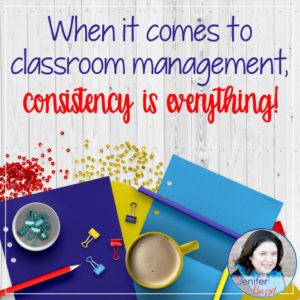
Step 4: Be consistent!
Upper elementary students have many talents. And as you will learn, they have one extra special talent that has the potential to drive you nuts. If you don’t establish, practice, and maintain your classroom procedures, THEY WILL CREATE THEIR OWN PROCEDURES.
When I wrote that last sentence, my mind was immediately drawn to a situation several years ago in my 5th grade classroom. I had a shiny new electric pencil sharpener donated to my class. I should have immediately established a procedure for using the pencil sharpener, including how and when students could use it. I didn’t do that because the thought in my head was “5th graders should be mature enough to use a pencil sharpener. They can handle it.”
No, nope, no way… They weren’t mature enough to “just handle it.” The first day the sharpener was out, they were leaving their seats during instruction, gathering in groups of 5, talking and laughing while at the sharpener, etc. I think they were probably even breaking their pencils purposely to get to use the electric sharpener. It was craziness.
I established and modeled our new procedure for the electric pencil sharpener and everything went back to normal.
I told you that story to help you understand that you must be consistent in enforcing your procedures. I heard a great quote from a famous person, it may have been Dr. Phil but I’m not sure. “What you allow is what will continue.”
This short but powerful quote is applicable to all aspects of our lives and especially our classrooms. If you turn a blind-eye to kids ignoring procedures, they will keep doing it and their friends will start doing it.
It can be exhausting to keep up consistent reinforcement of procedures, especially at the beginning of the school year. But it’s so worth it because your procedures will become second nature to your students and they will feel uncomfortable doing anything else.

Step 5: Treat deviations from procedures with positivity.
Let’s say you have a procedure that you’ve developed for entering the classroom after lunch. Students are to walk immediately to their seats, sit down, and begin reading a free-choice book. Your students rock this procedure every single day.
Then, one day, your students completely blow it. They walk into the classroom as loud as they can possibly be and instead of going to their seats immediately, they stand around and chat.
What is your first instinct? To yell? Cry? Start throwing out consequences? “You’ve lost half of your recess for this!” Don’t do any of that! We all have hiccups sometimes. They are testing you to see if you will enforce your procedure.
My favorite thing to say is “I’m sorry, this is not acceptable classroom procedure. Let’s go out into the hallway and try that again.” Make them practice the procedure another time. Honestly, even with my most difficult classes over the years, I’ve only had to make them practice a handful of times.
When students enter the classroom the right way, remind them of the importance of procedures. My go-to phrases are “I love you too much to let you fail” and “Perfect practice makes perfect procedures.”
Often, if you notice a few students not following a procedure, it’s as simple as verbally praising the students who ARE following the procedure. It really works, try it! The offending students will usually straighten right up.
Note of Caution for Teachers
Don’t reward following procedures with extrinsic rewards, like candy, stickers, or free time. Procedures are the framework for your classroom. Do you receive an award for standing politely in line at Target? Do you get candy for driving the speed limit? NO!
Our students need to understand that there are just some things you do in life because that’s how the world works. I don’t get a sticker in the mail for paying my electric bill on time. I get to enjoy electricity for the next month.
If you create an expectation of rewards for following basic classroom procedures, you will exhaust yourself (and your goodie supply) lightning quick! Students will begin to ignore procedures when they aren’t receiving treats.
I have a FREEBIE for you! Please sign up on this form to receive my EXCLUSIVE packet: Back to School Resources for New Upper Elementary Teachers! In this packet, I have provided you with my best tips for setting up your classroom, planning the first day of school, and I have included some ready to use, engaging activities for the first day or two of school.

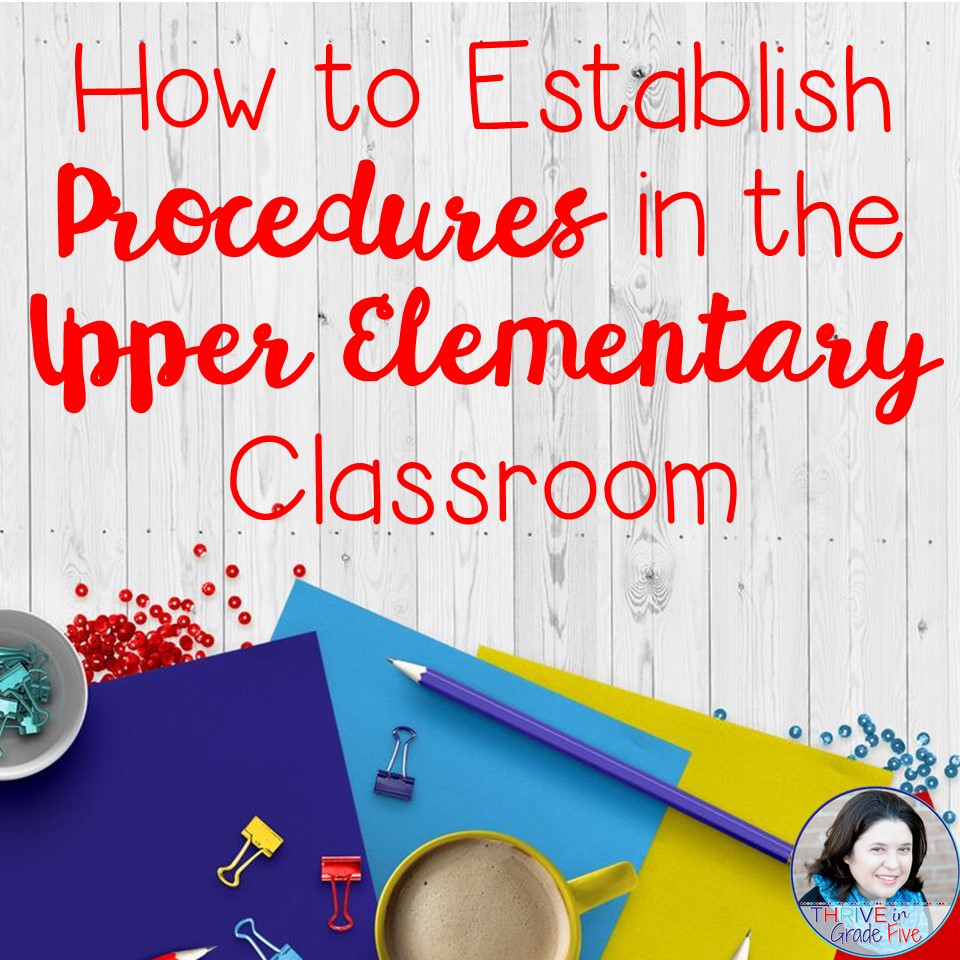
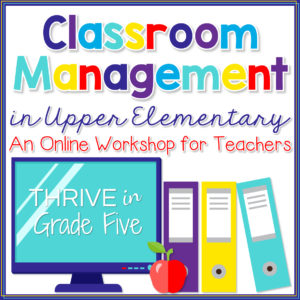




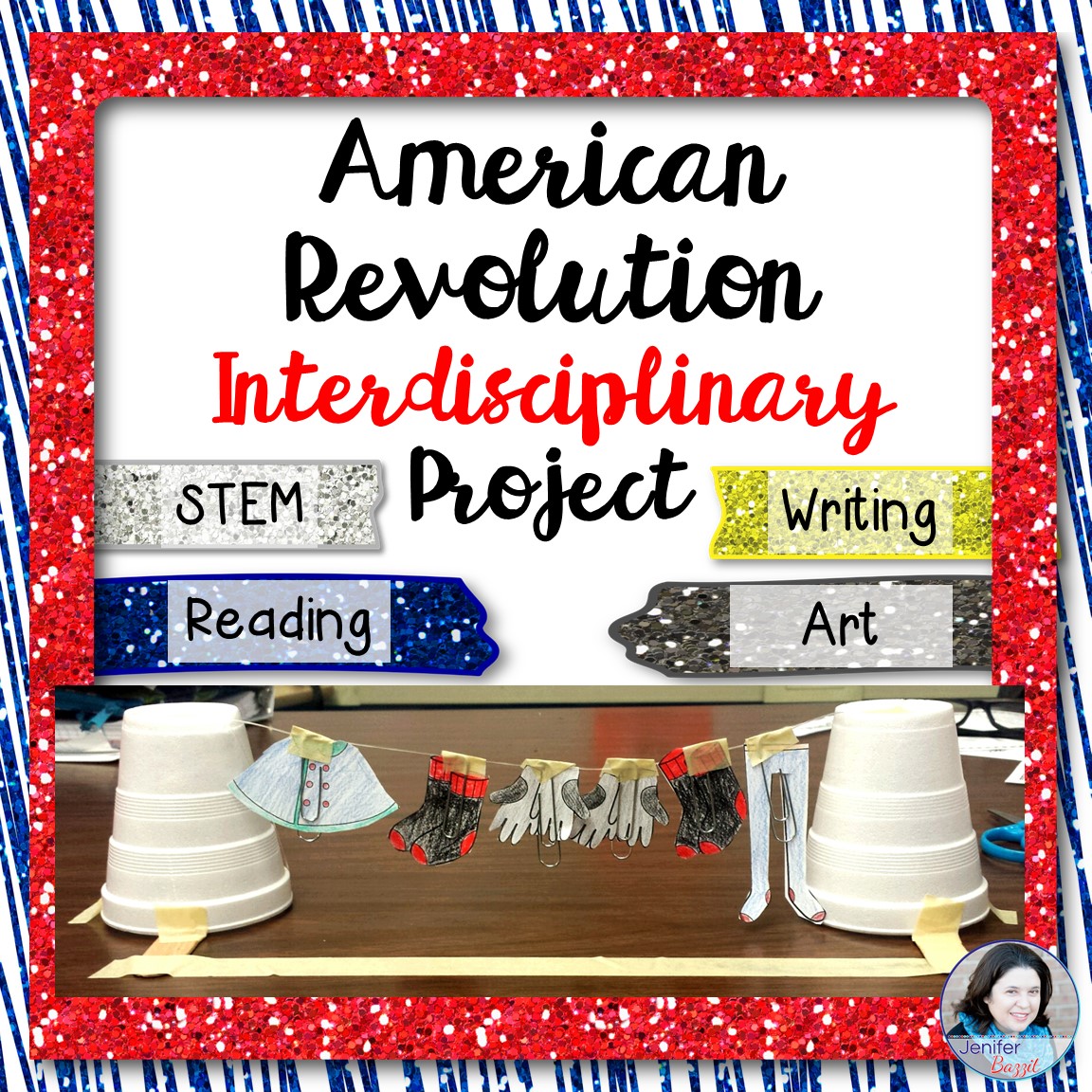

18 Comments
Great advice! Thanks for sharing.
Jenifer,
Do you realize you are a brilliant author? You article was EXCELLENT and thorough and clear. The color changes on the text was helpful in following it. Have you considered putting together a “new teacher guide” for sale in your store? I am going to be following your blog!
Have a great summer and thank you!
Kathy
Thank you so much, Kathy! I am thinking about that… what a great idea!
Great ideas that new teachers have to be aware of.
This is so helpful! After 13 years of teaching primary grades, I’m making the switch to intermediate this new school year to teach the 5-6 combo class. I’m both excited & somewhat anxious. Your blog is extremely helpful, thank you for all your advice, insight & freebies! Quick question do you have any info on your blog for behavior management? I’ve been using a behavior chart tied to pbis strategies. I’m not sure if intermediate students would respond well to a primaryish behavior chart. Thanks!
Hi Leticia! Thank you for taking the time to leave a comment. I’m so glad that my blog has been helpful to you. I don’t have a specific blog post for behavior management. However, I tend to use Love & Logic for the Classroom principles with my students!
This was a very good read. This year I will be teaching my first permanent class. I’ve never started a school year before (only covered mat leaves starting in October) so reading this helped calm my nerves a bit.
Thank you
You are so welcome, Shauna! I’m glad this blog post was helpful to you!
I am learning so much from your blogs! I am grateful that you are sharing your knowledge and expertise with us. Thank you so much!
You are very welcome! Thank you!
Thank you for creating this blog.
You are very welcome! I appreciate you taking the time to leave me a message!
Jennifer,
The first weeks of school are so labor-intensive and disorderly. I look forward to when students know procedures without me having to mention them. It just takes time to get there. I feel this year, after being completely virtual all year, students are needing lots of supports and guidance in terms of routines. Through lots of support in the many areas of procedures, I hope to have a wonderful orderly and methodical classroom!
That’s so true, Ashleigh! I wish you a wonderful school year and a very orderly and methodical classroom 🙂
This is my first year as a teacher, and I constantly question my ability to manage the students. Reading your posts puts me at a great ease, as you cover topics in great details. Thank you for all the tips and tricks you share with us.
You are very welcome, Martina! So glad I was able to help!
LOVE LOVE LOVE
Have not even finished reading this article and am already in love and feeling less anxious about my start of the new school year! I am a seventh year teacher and still get nerves.
Thank you for thinking about this learning gap! I always say adults are very much like students, we have gaps and different learning styles. MUCH APPRECIATED 🙂
You are very welcome, Andrea! Thank you for your kind words 🙂